Free Contract Cancellation Letter Template for Easy Use
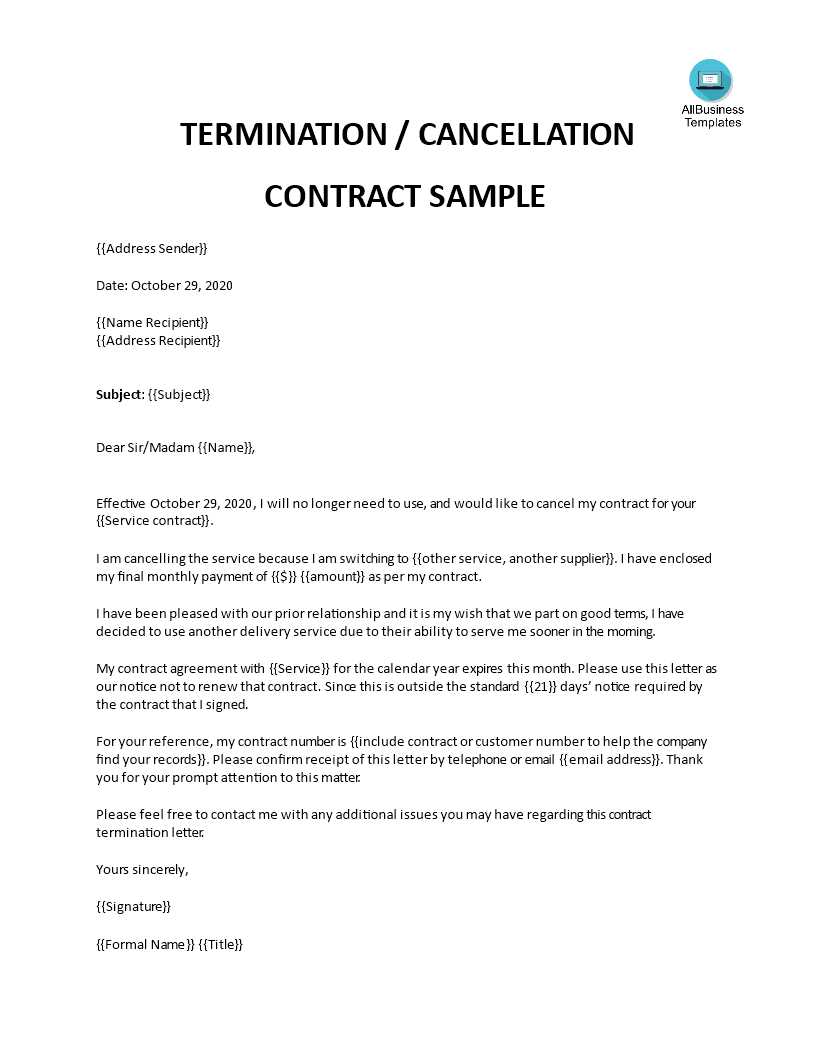
In various situations, it’s essential to formally notify a party that an agreement is being ended. Having a structured document for such occasions ensures clarity and prevents misunderstandings. This guide will explore how to craft a professional and effective communication that serves the purpose of ending an agreement with respect and precision.
Key Components of a Termination Communication
When preparing a formal document to end an agreement, there are certain details that must be included to ensure the message is clear and legally sound. These elements typically cover the following:
- Identification of the parties involved: Clearly state who is terminating the agreement and who is receiving the notice.
- Reason for termination: Provide a brief explanation for why the relationship is being ended.
- Effective date of termination: Specify when the termination will take place.
- Obligations and final steps: Outline any final responsibilities or actions required by either party before the termination is complete.
How to Personalize Your Document
While it’s important to include the necessary components, customization allows the message to suit the specific nature of the agreement. Depending on the circumstances, you might want to adjust the tone and language, whether formal or casual, to align with the relationship between both parties. Additionally, tailoring the wording ensures that it fits the unique context of the termination.
Legal Aspects to Keep in Mind
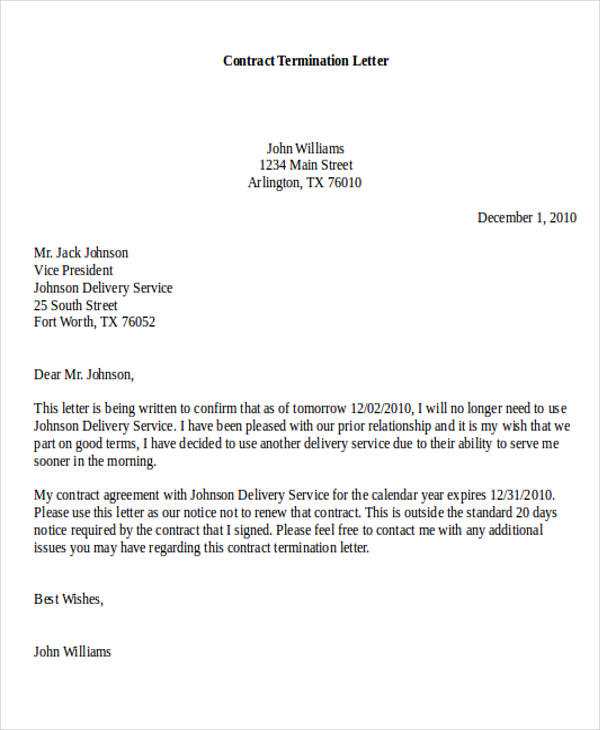
Termination notices often have legal implications, so it’s crucial to ensure compliance with relevant laws or contractual stipulations. Depending on the jurisdiction and nature of the original agreement, there may be specific terms or conditions that dictate how the termination should be communicated or if certain formalities need to be followed. Consulting legal counsel can help avoid potential issues.
Avoiding Common Errors
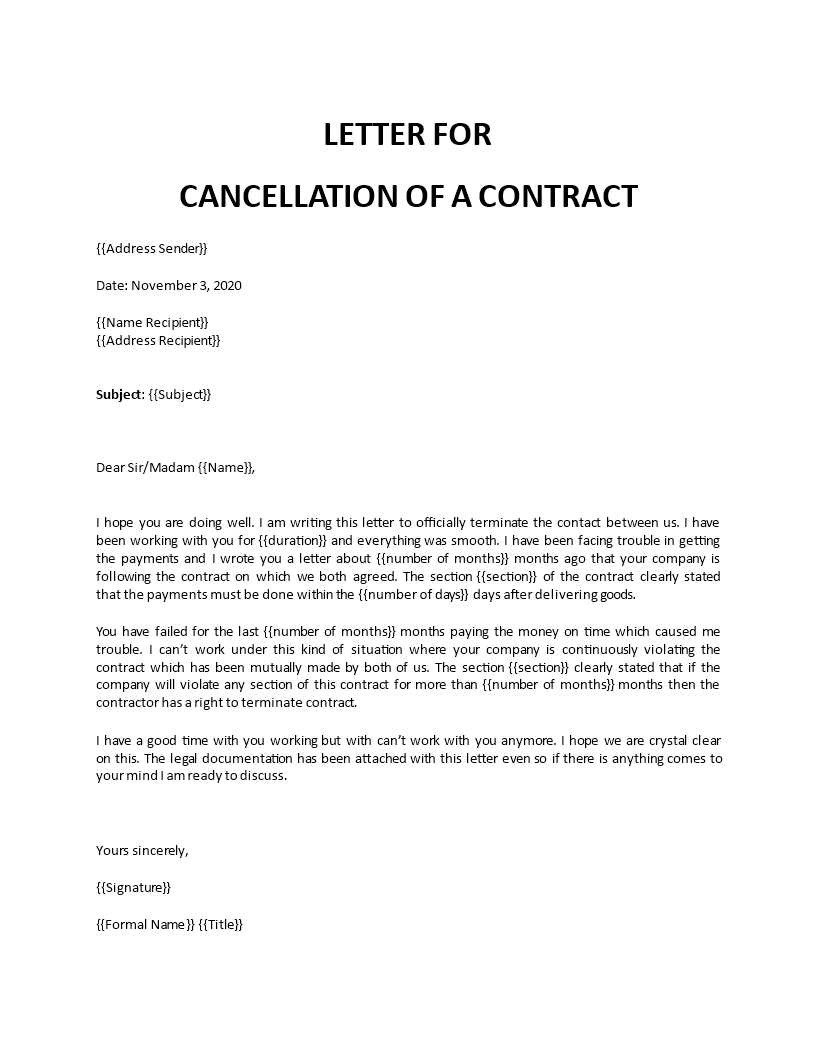
It’s easy to overlook key details when drafting such a communication, but it’s essential to ensure clarity and precision. Common mistakes include:
- Failing to specify an effective date
- Leaving out relevant details of any remaining obligations
- Using unclear or ambiguous language
By double-checking the contents and following a clear structure, these issues can be avoided, resulting in a professional and enforceable document.
Why Using a Structured Approach is Beneficial
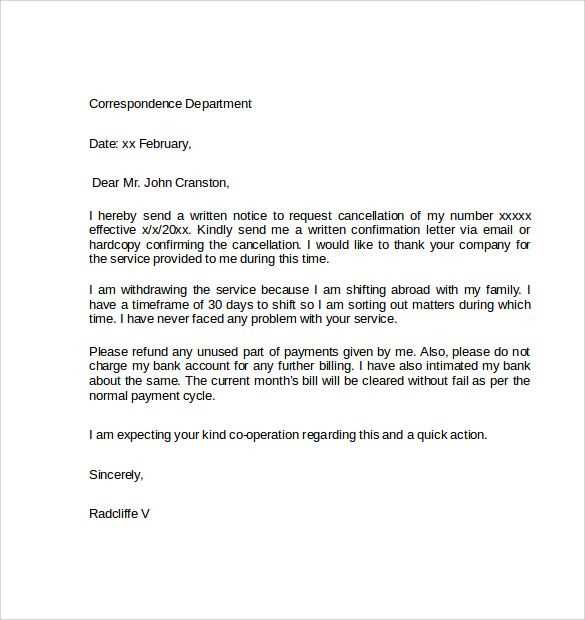
Having a ready-to-use framework for creating these communications can save time and reduce errors. A structured format helps ensure that all necessary points are covered, and that the document is both easy to understand and legally sound. This approach simplifies the process of ending any type of professional relationship, allowing both parties to move forward smoothly.
Formal Termination Notice Guide
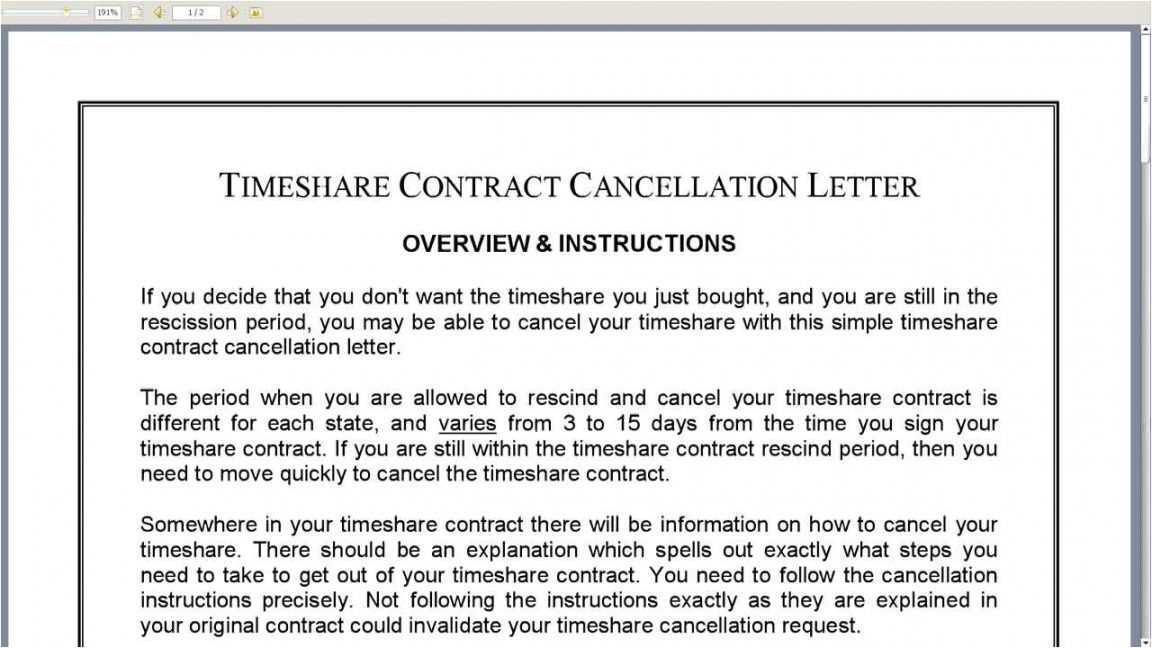
When it becomes necessary to formally end an agreement, having a clear, structured document is essential. This type of communication serves to outline the decision, explain its reasoning, and provide all the necessary details to ensure mutual understanding and a smooth transition. Crafting a professional termination message can help avoid misunderstandings and protect both parties’ interests.
Understanding the purpose of such a document is crucial. It ensures that the decision to end the arrangement is communicated effectively and with proper documentation. By setting clear expectations, both parties know exactly what steps to follow next, minimizing the risk of disputes.
Essential components of a termination notice include key details such as the identities of those involved, the date of termination, and any outstanding responsibilities. This information provides clarity and prevents ambiguity, ensuring that the communication serves its intended purpose without leaving room for misinterpretation.
Customization of the document allows for a more tailored approach, ensuring it reflects the unique circumstances of the situation. By adjusting the language and tone, the document can better match the relationship between the two parties, whether formal or more relaxed, ensuring it meets all needs while maintaining professionalism.
Legal considerations are an important part of the process. Depending on the nature of the arrangement, certain terms may dictate how the notice should be delivered or specific conditions that must be fulfilled. Being aware of these factors ensures compliance with relevant regulations and prevents potential complications.
Common errors in termination communications include omitting important details, using unclear language, or failing to specify the termination date. By taking care to avoid these mistakes, the message will be much more effective, and the process will proceed without unnecessary delays or confusion.
Using a structured approach provides several benefits, including saving time and ensuring consistency. By having a ready framework, one can create an effective document without missing key components. This approach helps ensure all necessary elements are addressed in a clear and professional manner, making the termination process smoother and more efficient for everyone involved.